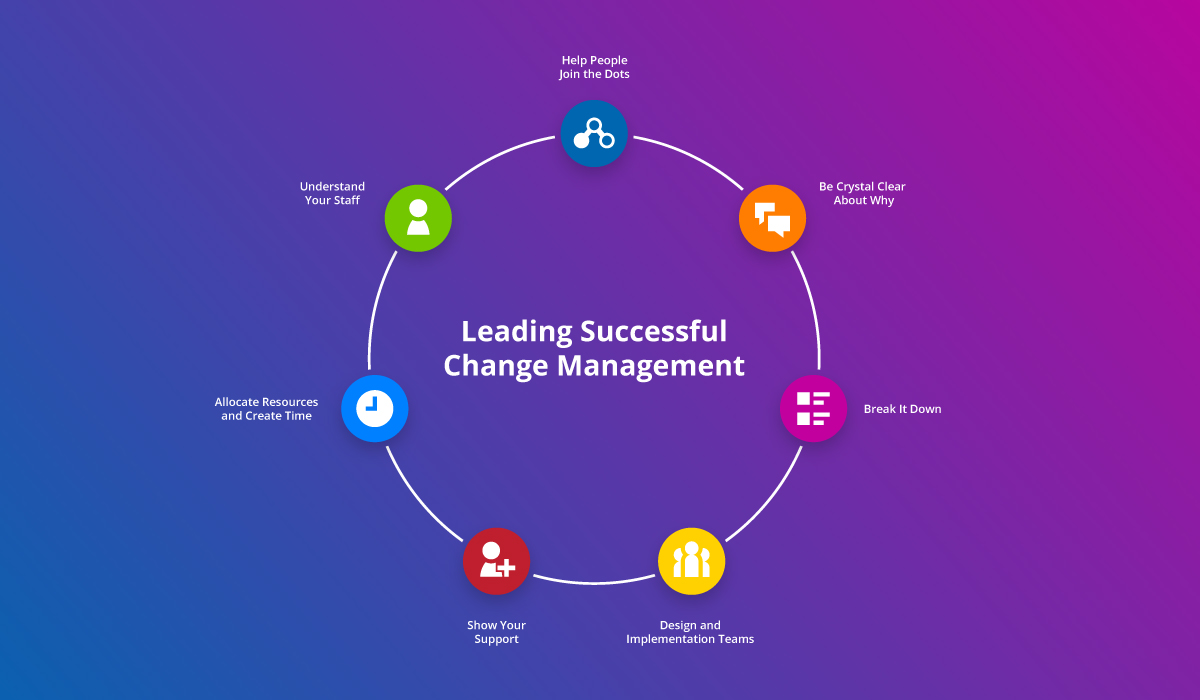Interdisciplinary learning enhances the learning experience for students as it brings together concepts and methods from two or more different disciplines and applies this to their learning.
In the IB programme, and particularly in MYP, schools need to be able to engage students in at least one, collaboratively planned, interdisciplinary unit that involves at least two subject groups.

To effectively integrate interdisciplinary learning, educators need to spark creativity, patience, and a willingness to experiment.
Interdisciplinary Learning in Schoolbox
At Schoolbox, we understand that meaningful interdisciplinary teaching has many positive effects on students and teachers. With an online learning environment, IB schools can utilise a number of tools to streamline interdisciplinary learning.
The aim is to encourage students to make connections between different subjects taught at school.
After considering the many elements required for interdisciplinary learning success, Schoolbox has incorporated the following key features into our platform to assist educators.
Alt Sourcing
Schoolbox enables linking and displaying of content and resources from multiple courses and classes via alt sourcing. This way, any changes made to an alt sourced component can be reflected on all other pages linked to it.
You can use this feature to facilitate interdisciplinary learning for your students by linking relevant classes. For instance, material created on a Mathematics page can also be displayed on a Drama page without the hassle of reproducing content and ensuring all changes are reflected.
Alternatively, you can set up a course page titled, “Interdisciplinary Unit for Year 8”, and collaboratively plan units and assessments. This course can then be—all or partially—pushed onto various class pages of the teachers who will be delivering aspects of the interdisciplinary study.
Collaboration Tools
As part of interdisciplinary learning, students work in groups and present solutions for designated topics. To enable this level of collaboration, Schoolbox houses a number of participation tools:
- Blogs: students can share stories
- Social stream: social collaboration for any particular class or topic
- Forums: a space for open discussion
- Wiki: enable students to create, add and edit resources
Due Work Assessment Types
Interdisciplinary classes also need to contain assessments. The Due Work function in Schoolbox enables you to use the Assessment Type field to clearly identify the task as interdisciplinary.
This way, you can set assessments that are of an interdisciplinary nature and ensure students are clear with the objectives.
Interdisciplinary Criteria
Another aspect of interdisciplinary learning is interdisciplinary criteria, against which student performance may be measured. The Schoolbox rubric tool enables educators to create their very own specific interdisciplinary criteria.
Each rubric can be tailored for capabilities and indicators—you can also choose the number of criteria you would like to set for any interdisciplinary task.
Interdisciplinary Learning Benefits
Integrating an interdisciplinary approach in the classroom indeed has several benefits for students.
- Mental flexibility: Interdisciplinary learning encourages students to understand different ways of learning. This develops a mental flexibility that teaches them to become lifelong learners.
- Collaboration and communication: An interdisciplinary approach also highlights the importance of collaboration and teamwork, which is an important life skill. Not only that, but students learn how to become great communicators by working in groups and expressing themselves in more creative ways.
- Problem-solving: By using prior learning from different subjects and practicing problem-solving, students benefit far beyond the school walls.
- Easier to understand: Young learners often make unique connections between different areas of knowledge and the interdisciplinary method harnesses this approach to provide a greater connection to the real world context.
By establishing a deeper level of discourse and integration of disciplines, an interdisciplinary approach helps the learner focus and better understand the information presented. This way of thinking is a complex skill that involves creative problem-solving and critical thinking, which further assists in developing the characteristics of the IB learner profile.
Here at Schoolbox, we want to create tools that help IB schools succeed with interdisciplinary learning. Talk to us today about how our market-leading learning management system (LMS), community portal, and student wellbeing platform can help you integrate interdisciplinary learning.
If you want to read more about student-centred learning practices, check out our other resources:





